Total Productive Maintenance
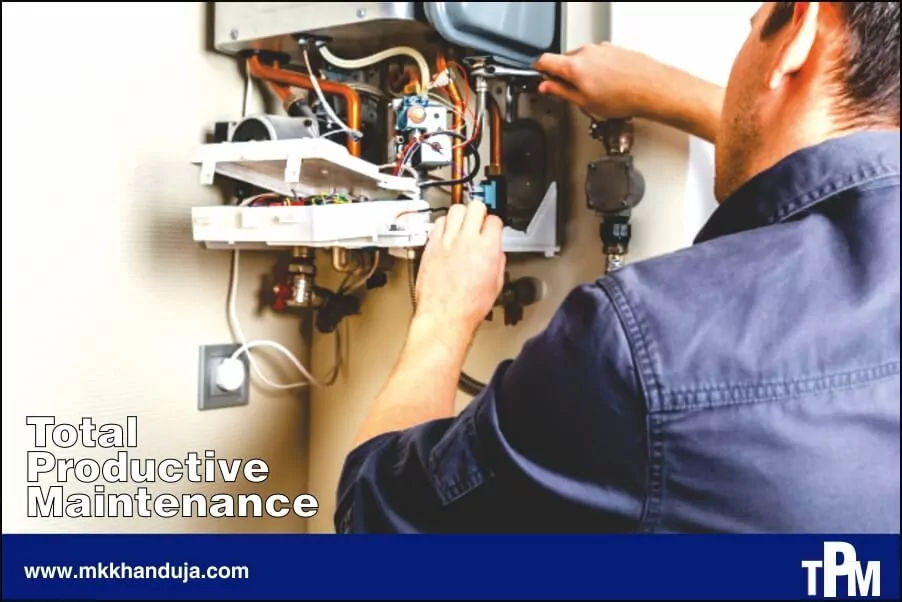
Maintenance of
equipment in the proper manner is of high concern in the manufacturing sector
because it is a recognised fact that the cost of revenue lost during the
downtime of the equipment far exceeds the actual repair costs. The time value
of money is of utmost importance in this sector hence, the method of Total Productive Maintenance (TPM) was coined. It is basically a set
of methods that require the operator to take on some tasks that would, in an
orthodox sense, would be attributed to the maintenance staff such as cleaning,
lubricating, tightening the bolts and reporting their observations about the
changes observed in the machine performance. This practice helps to eliminate
waste, lower production cost and reduce breakdowns while improving the product
quality, productivity, customer
satisfaction, performance and extending the machine life.
This method
of TPM is built on 8 pillars with 5S as the foundation:
- 5S
- Kaizen
- Safety
- Office TPM
- Jishu Hozen (Autonomous Maintenance)
- Planned Maintenance
- Quality Maintenance
- Training & Development
Removing all forms of particle contamination is the highest priority to ensure a long, reliable life for hydraulic machine. Filters are first line of defence to reduce the number of particles in fluid. Filters also prevent excessive internally-generated contamination, considering particles exacerbate the rate of internally generated contamination, acting like liquid sandpaper.
Evolution of machine maintenance
Machine maintenance methods have evolved over the years to accommodate newer techniques and practices to achieve manufacturing and operational excellence. These developments can be broadly divided into four generations:
First generation (breakdown maintenance)
The rudimentary method of maintenance that incurs a substantial loss of revenue due to the downtime of equipment was
practiced in the first generation from 1940-1955. In this era, machines were only fixed when they broke which is a reactive
method of maintenance. In B2B situations it could lead to a predicament that is not desired. This generation is related with
basic and routine maintenance along with reactive maintenance. Although, the first generation seems like a thing of the past 98% of manufacturing companies in India still practice the same crude methods of maintenance and have not grown beyond the second generation characterised by preventive maintenance.
Second generation (preventive maintenance)
The era of preventive maintenance characterised by maintenance practices from 1955-1975 is still the commonplace method for maintenance of machines in India. It is just like the routine servicing of a vehicle after a fixed amount of time or use. In doing so, it is expected that the machine would be prevented from unscheduled failures in the future but the downside of this method was that it did not take into account the use history of each individual product which is an important parameter. There is a system in place for planning and controlling the work.
Third generation (condition-based maintenance)
The introduction of computer aided maintenance management occurred in the third generation (1975-2000) where the advantage of modern instrumentation is realised to aid in monitoring when the machine might need maintenance at a future time. The basic theory of this technique being that the operator is alerted before-hand and they can refer a qualified maintenance personnel where the fault codes would be read and the real fault would be identified. This is a proactive and strategic method as compared to the reactive models of earlier generations. It attempts to bridge the gap between the workforce and promotes multi-skilling of the workers.
Fourth generation (predictive maintenance)
This technique utilises the intelligent systems and subsystems that have a computer either embedded in them or is remotely located that delivers information to a central computer. This complex and intelligent system forms the basis of predictive maintenance of the present generation. Due to these intelligent systems, the down time for maintenance is reduced and it can be done before a failure occurs. This type of maintenance is characterised by computer aided maintenance management and information system, condition-based monitoring, reliability-centred maintenance and risk-based inspection, maintenance and life assessment.
Pillars of total productive maintenance
5s
5S forms the base of the 8 pillars of TPM, i.e, Total Productive Maintenance starts with 5S that are a set of rules to be followed in the workplace to enable lean manufacturing and increase Following are the elements of 5S:
- Sort (eliminate anything that is not required
in the work area)
- Set in order (organize the items)
- Shine (clean and inspect the work area)
- Standardize (create standards for performing
the above 3 activities)
- Sustain (ensure the standards are regularly
applied)
All the above elements ensure the
smooth operation in a work space. It is obvious that unnecessary items in the
work space create a ruckus that hinders with the efficiency therefore sorting is the first step in 5S. All the steps
should be followed in order, as mentioned above, 5S forms the foundational
practices of TPM as it provides for
a much better maintained and organised work space that leads to greater efficiency and productivity. It cuts down on the mental toll on employees, reduces
waste, improves, quality, speed and safety while promoting organisational efficiency and presenting a more
visually appealing workplace.
Kaizen
Kaizen is a Japanese term that literally translates to continuous improvement. In a Kaizen event, teams decide on key areas of improvement and issues with equipment that may be eliminated with combined effort for increased productivity and quality.
The current performance of the equipment is mapped as the base on which the improvement is to be done and measured against the baseline. It is made sure that the solutions implemented in the kaizen event are sustained.
A Kaizen event operates on the PDCA cycle, which is explained below:
Kaizen
Kaizen is a Japanese term that literally translates to continuous improvement. In a Kaizen event, teams decide on key areas of improvement and issues with equipment that may be eliminated with combined effort for increased productivity and quality.
The current performance of the equipment is mapped as the base on which the improvement is to be done and measured against the baseline. It is made sure that the solutions implemented in the kaizen event are sustained.
A Kaizen event operates on the PDCA cycle, which is explained below:
- Plan (develop a hypothesis)
- Do (run experiment)
- Check (evaluate results)
Act (refine your experiment; then start
a new cycle)
Autonomous Maintenance
Jishu Hozen or autonomous cleaning deals with 7 kinds of abnormalities with 7 steps of autonomous maintenance that requires the operators to take on some of the responsibilities generally entrusted to the maintenance staff, namely, Cleaning, Inspection, Lubrication, Tightening.
This process increases the operators’ knowledge of their equipment, ensures that the equipment is well-cleaned and lubricated at all times, becomes the first step in identification of minor flaws that may lead to failure and frees maintenance staff for higher level tasks.
Planned Maintenance
Planned maintenance is a proactive method of maintenance where the machine and equipment are maintained on regular intervals based on the running hours, number of items produced, environment that the machine is operating in, distance travelled etc. Nowadays, specialized companies or OEMs are given this task to reduce load on the in-house resources.
The primary goal of this step is to keep the equipment running for as long as possible in the best condition by regular maintenance. This reduces unplanned downtime, increases quality, spreads maintenance costs over the year and ensures safety.
Quality Maintenance
Quality maintenance is implemented to avoid defects from occurring and manufacture products based on strict conformances. Its aim is realised by proper maintenance and functioning of equipment and well controlled interaction between man, material and machine. The root cause of how defects might occur is identified and eliminated.
After the defects have been identified and eliminated it is necessary to sustain the standardised defect-less quality.
Quality maintenance reduces the need for rigorous inspections thus reducing waste and cost of inspection while also ensuring good quality to the customer and aims to achieve zero takebacks and customer complaints.
Office TPM
Office TPM focuses on administrative soundness of the organization and precisely so, eliminate losses, increase productivity and most importantly bridge the gap between office and plant floor by employing office automation. The aim is to achieve customer satisfaction through effective control in the office.
Office TPM helps to realise PQCDSM parameters for plant performance. These parameters are listed as follows:
Autonomous Maintenance
Jishu Hozen or autonomous cleaning deals with 7 kinds of abnormalities with 7 steps of autonomous maintenance that requires the operators to take on some of the responsibilities generally entrusted to the maintenance staff, namely, Cleaning, Inspection, Lubrication, Tightening.
This process increases the operators’ knowledge of their equipment, ensures that the equipment is well-cleaned and lubricated at all times, becomes the first step in identification of minor flaws that may lead to failure and frees maintenance staff for higher level tasks.
Planned Maintenance
Planned maintenance is a proactive method of maintenance where the machine and equipment are maintained on regular intervals based on the running hours, number of items produced, environment that the machine is operating in, distance travelled etc. Nowadays, specialized companies or OEMs are given this task to reduce load on the in-house resources.
The primary goal of this step is to keep the equipment running for as long as possible in the best condition by regular maintenance. This reduces unplanned downtime, increases quality, spreads maintenance costs over the year and ensures safety.
Quality Maintenance
Quality maintenance is implemented to avoid defects from occurring and manufacture products based on strict conformances. Its aim is realised by proper maintenance and functioning of equipment and well controlled interaction between man, material and machine. The root cause of how defects might occur is identified and eliminated.
After the defects have been identified and eliminated it is necessary to sustain the standardised defect-less quality.
Quality maintenance reduces the need for rigorous inspections thus reducing waste and cost of inspection while also ensuring good quality to the customer and aims to achieve zero takebacks and customer complaints.
Office TPM
Office TPM focuses on administrative soundness of the organization and precisely so, eliminate losses, increase productivity and most importantly bridge the gap between office and plant floor by employing office automation. The aim is to achieve customer satisfaction through effective control in the office.
Office TPM helps to realise PQCDSM parameters for plant performance. These parameters are listed as follows:
- Productivity
- Quality
- Cost
- Delivery
- Safety
- Morale
Safety
Safety forms the last pillar of TPM and it promotes the development of safety measures and cleanliness measures for the satisfaction of all employees and workers.
Clean and safe workplace leads to a boost in the morale of employees. Regular inspection and servicing of equipment, creating well thought out measures for safety in a process to ensure an accident free workplace is the ultimate aim of this exercise. Also, conforming to environmental norms and maintaining a healthy environment is an important factor along with training employees in hazard awareness.
By standardizing operations, many of the hazards can be readily eliminated. Checkpoints must be carefully monitored for non-repetitive tasks.
TPM is the whole process of bringing the workplace up to speed with the latest developments in methods for waste reduction, cost reduction, accident reduction, increases efficiency, customer satisfaction while also ensuring development of employees into better disciplined and skilled professionals and also allowing them to have a positive state of mind.
Overall leading to operational excellence.
TPM Training & development
Training serves as a crucial tool in developing an individual working for the organization in knowing all the ins and outs of their job and beyond that developing them towards future goals in maintaining proper relation with the administration and smooth flow of work. When workers have sufficient knowledge of their job, they have a high morale and motivation for performing all tasks in the best possible manner. TPM Training & development form part of a long-term process in imbibing in the individual, values and skills desired for waste reduction, quality conformance, better communication and high morale.
TPM Training & development
Training serves as a crucial tool in developing an individual working for the organization in knowing all the ins and outs of their job and beyond that developing them towards future goals in maintaining proper relation with the administration and smooth flow of work. When workers have sufficient knowledge of their job, they have a high morale and motivation for performing all tasks in the best possible manner. TPM Training & development form part of a long-term process in imbibing in the individual, values and skills desired for waste reduction, quality conformance, better communication and high morale.

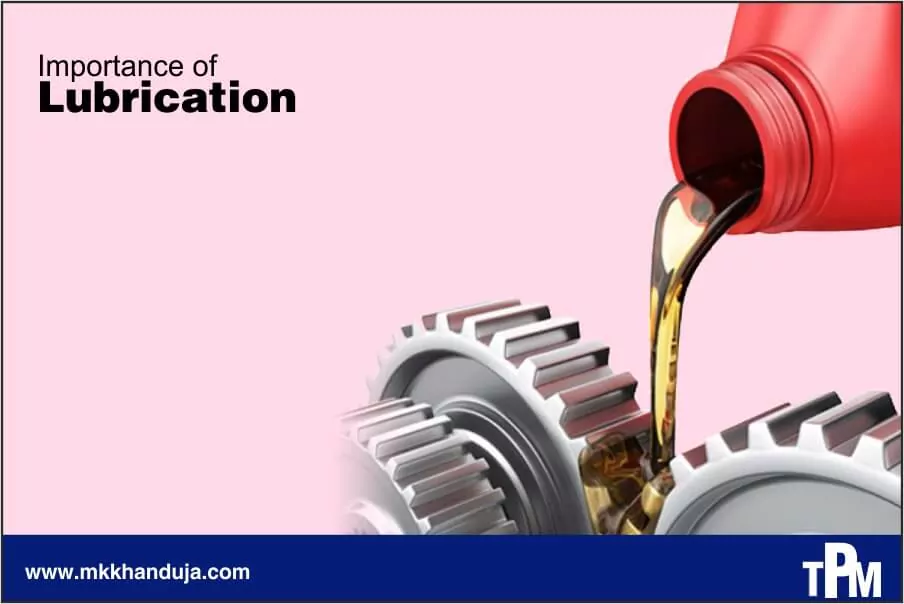
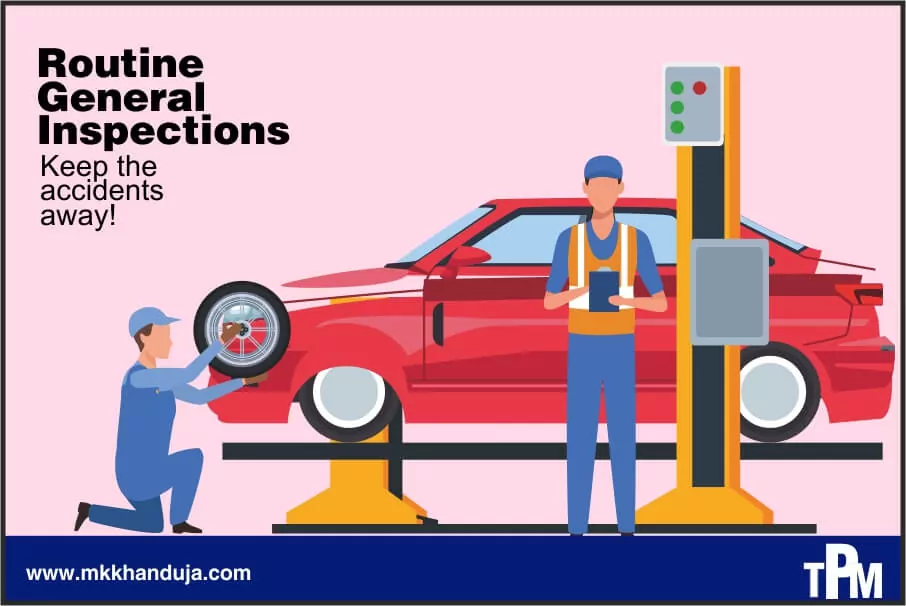
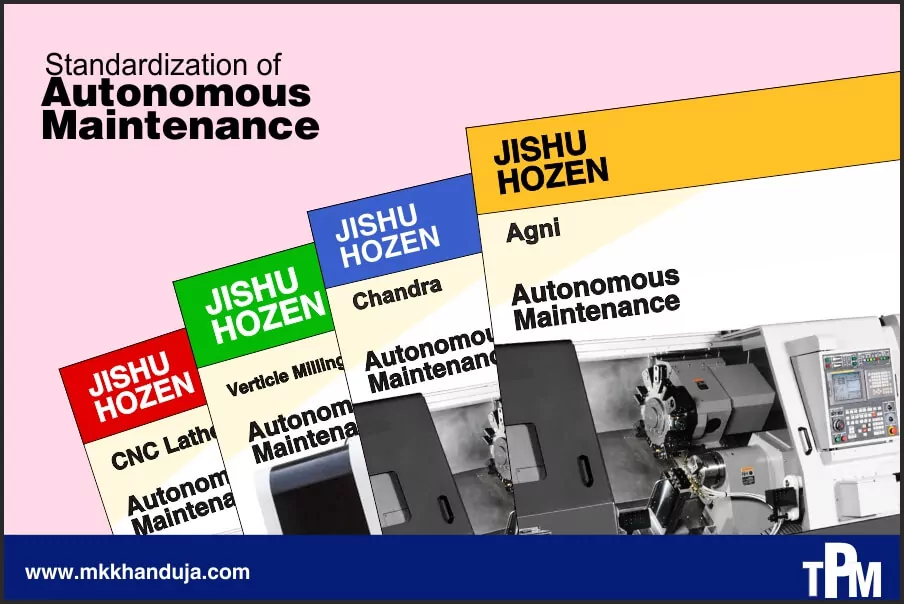
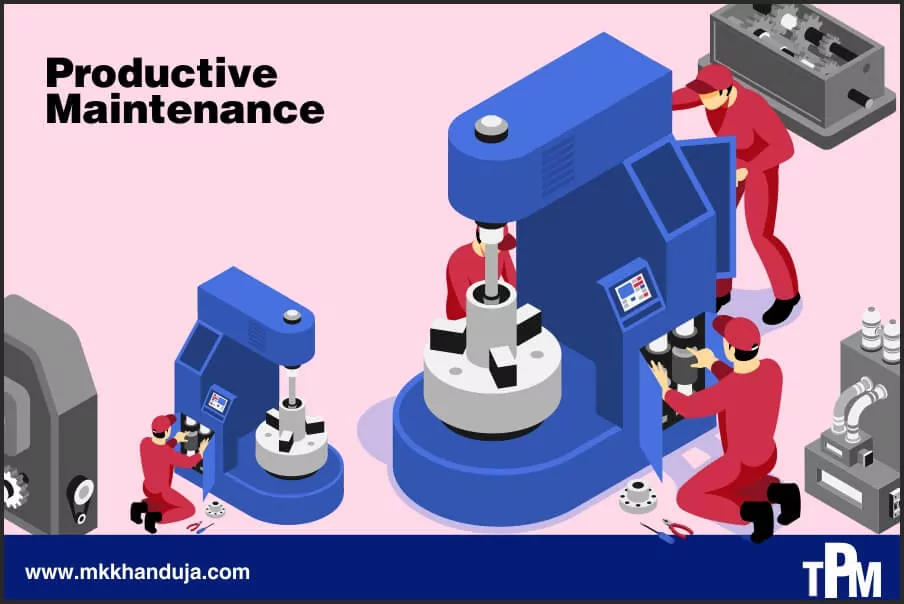
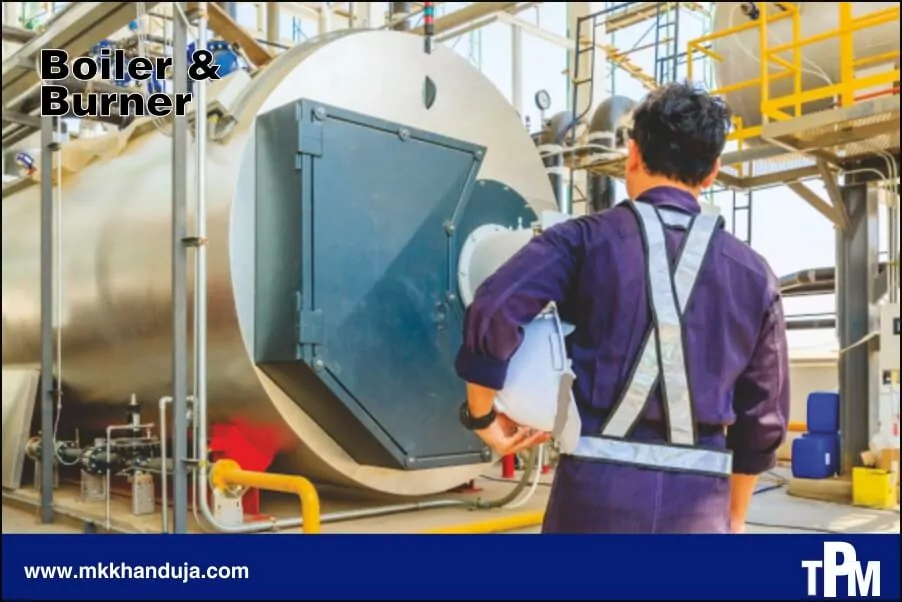
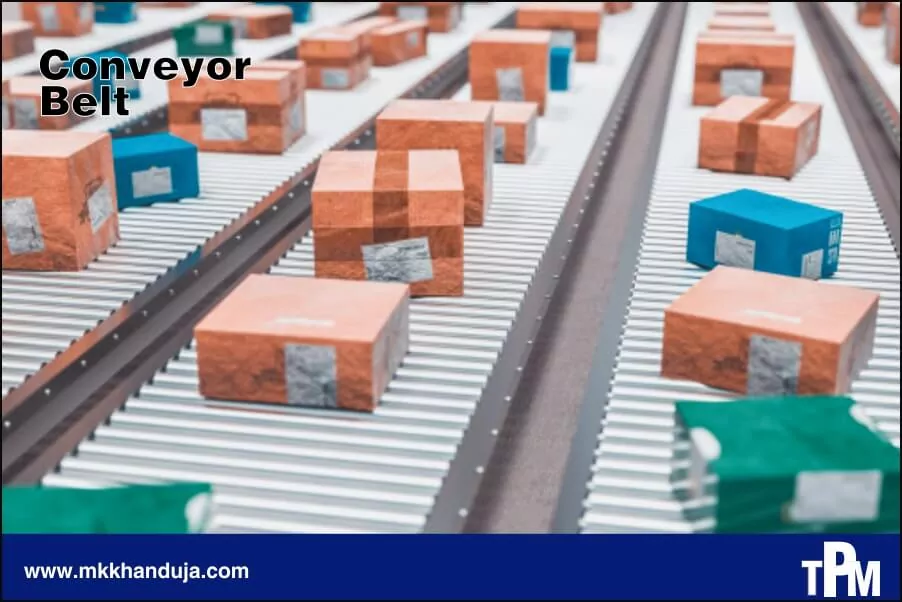
Comments